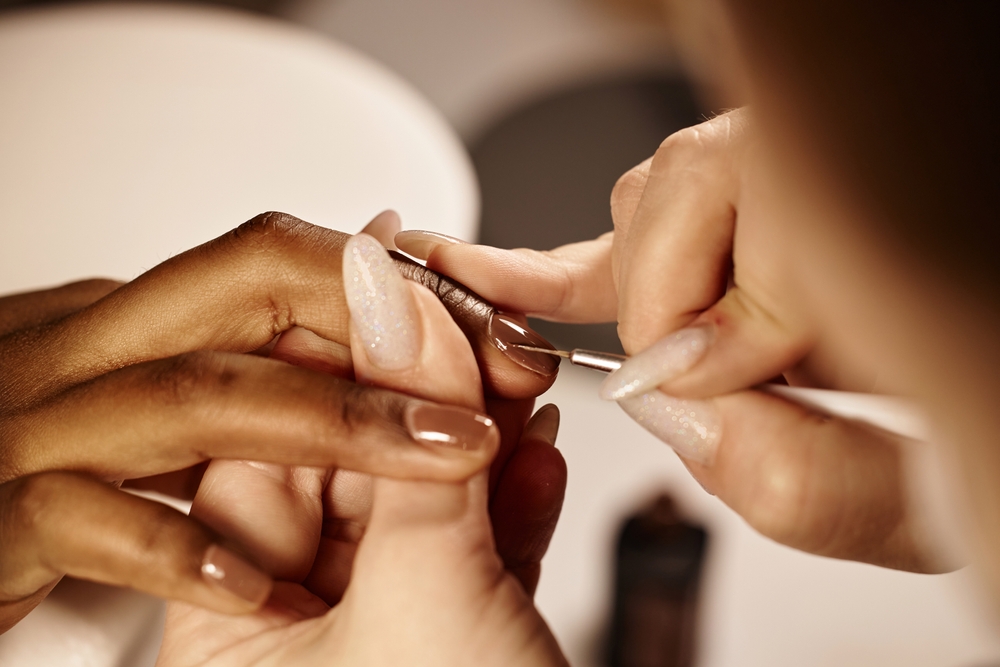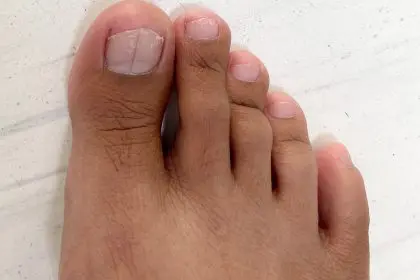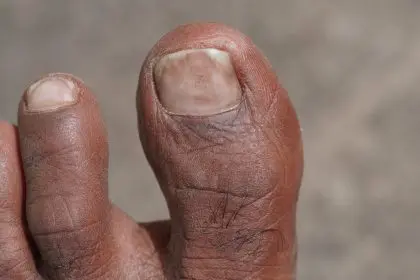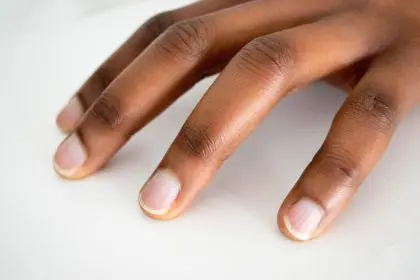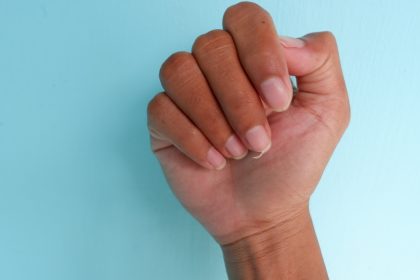Nails are often overlooked in health discussions, but they can serve as powerful indicators of internal wellness. The condition and growth rate of nails might reveal more than expected, particularly when the body lacks essential nutrients. Paying attention to subtle nail changes could provide early warnings of deeper physiological issues.
When nail growth becomes abnormal
Slower-than-normal nail growth, brittle edges or unusual ridges may indicate more than cosmetic concerns. These changes might suggest the body is struggling to obtain or utilize key nutrients. In many cases, external nail appearance reflects internal health conditions.
Signs that warrant attention include nails growing slower than usual or showing visible damage. Important questions to consider include whether protein intake is adequate, iron levels are sufficient or diet lacks vital vitamins and minerals.
These changes represent more than aesthetic issues. They can signal the body’s need for nutritional intervention.
The role of nutrients in nail development
Nails consist primarily of keratin, a protein that requires various nutrients for proper formation. When the body lacks these nutrients, nail growth can become stunted, irregular or visibly altered.
Protein forms the foundation of keratin production. Without adequate amino acids, nails may weaken or cease growing entirely. Complete proteins from sources like lean meats, fish, eggs and legumes support healthy nail development.
Iron deficiency ranks among the most common causes of slow-growing or concave nails. Iron enables red blood cells to transport oxygen throughout the body, and deficiency affects nail tissue renewal. Women, vegetarians and individuals with certain medical conditions face higher risks of iron deficiency.
Biotin, also known as vitamin B7, plays a crucial role in nail strengthening. Deficiency can lead to thinning or brittle nails that break easily. Foods rich in biotin include eggs, nuts, seeds and certain vegetables.
Zinc supports cell growth and repair processes. Deficiency may cause white spots or delayed nail growth. Oysters, beef, pumpkin seeds and chickpeas provide good zinc sources.
Magnesium aids protein synthesis, supporting keratin creation. Without adequate magnesium, nail formation may slow significantly. Dark leafy greens, nuts and whole grains offer magnesium.
Subtle signs in nail appearance
Nails require weeks or months to grow completely, creating a historical record of health status. Horizontal lines, known as Beau’s lines, could indicate that the body experienced significant stress such as serious illness, extreme dieting or nutritional deficiency.
White spots might be mistaken for injury, but frequent appearances may point to mineral imbalances. Vertical ridges sometimes associate with aging, but sudden deepening or multiplication might suggest vitamin deficiencies.
Other warning signs include:
- Spoon-shaped nails that curve inward
- Pale or unusually colored nail beds
- Excessive brittleness or splitting
- Slow growth rate compared to previous patterns
Health risks of ignoring nutritional deficiencies
Dismissing nail changes as minor inconveniences can lead to serious health consequences. What appears as simple cosmetic issues may indicate deficiencies that affect multiple body systems.
Prolonged iron deficiency can progress to anemia, causing fatigue, headaches and poor concentration. Biotin deficiency affects not only nails but also nervous system function. Magnesium depletion impacts sleep quality, muscle function and stress management.
Nutrient deficiencies that begin showing in fingernails often signal broader health concerns requiring medical intervention.
Taking action when nails show warning signs
Unusual nail changes require professional evaluation rather than self-diagnosis. Begin by tracking dietary patterns for several weeks. Note whether meals are frequently skipped, processed foods dominate the diet or entire food groups are avoided.
Recommended steps include:
Consult healthcare professionals such as doctors or registered dietitians to identify potential nutritional deficiencies through proper assessment.
Request comprehensive blood work to evaluate levels of iron, vitamin D, B vitamins and essential minerals like zinc and magnesium.
Incorporate nutrient-dense foods including eggs, lean proteins, legumes, nuts, seeds and leafy green vegetables into daily meals.
Consider supplements only after professional consultation since over-supplementation can create additional health problems.
Addressing nutritional issues early helps prevent long-term consequences while improving not only nail health but also energy levels, cognitive function, mood stability and overall resilience.
Recognizing healthy nail growth
Normal nail growth serves as a positive health indicator. Nails that grow approximately 2 to 3 millimeters monthly, maintain pinkish coloration and display uniform surfaces typically reflect proper nutrition and care.
After treating nutrient deficiencies, visible nail improvements may take several months to appear. Once nutritional balance is restored, most individuals report stronger, healthier nails as part of their recovery process.
These improvements represent more than cosmetic enhancement. They indicate successful body restoration and healing.
Using nails as health indicators
While technology offers numerous health monitoring devices, the human body already provides valuable health data through observable changes. Nail growth offers an accessible, visible measure of nutritional status that requires no special equipment or apps.
Regular nail assessment can become part of personal health monitoring. Learning to recognize normal versus concerning changes helps individuals respond appropriately to their body’s nutritional needs.
Understanding nail health as a component of overall wellness encourages proactive healthcare approaches rather than reactive responses to advanced symptoms.
Observing nail changes provides insight into nutritional status and overall health. Slow growth, unusual appearance or structural changes may indicate deficiencies requiring professional evaluation. Rather than dismissing these signs as cosmetic concerns, individuals should consider them potential indicators of broader health issues that deserve medical attention.
Proper nutrition supports not only nail health but overall physical wellness. Regular monitoring of nail changes, combined with professional healthcare guidance, can help identify and address nutritional deficiencies before they progress to more serious health complications.

